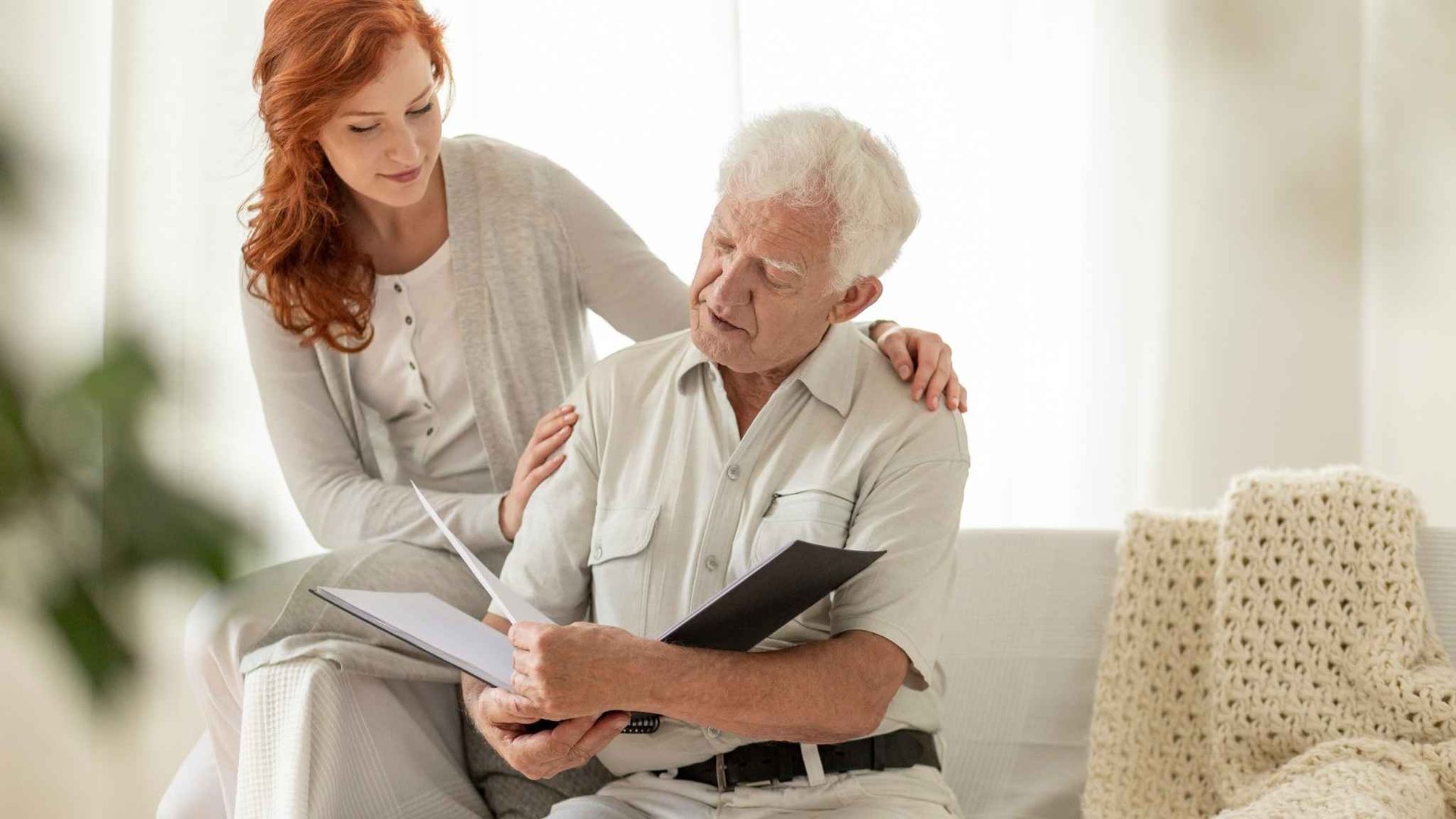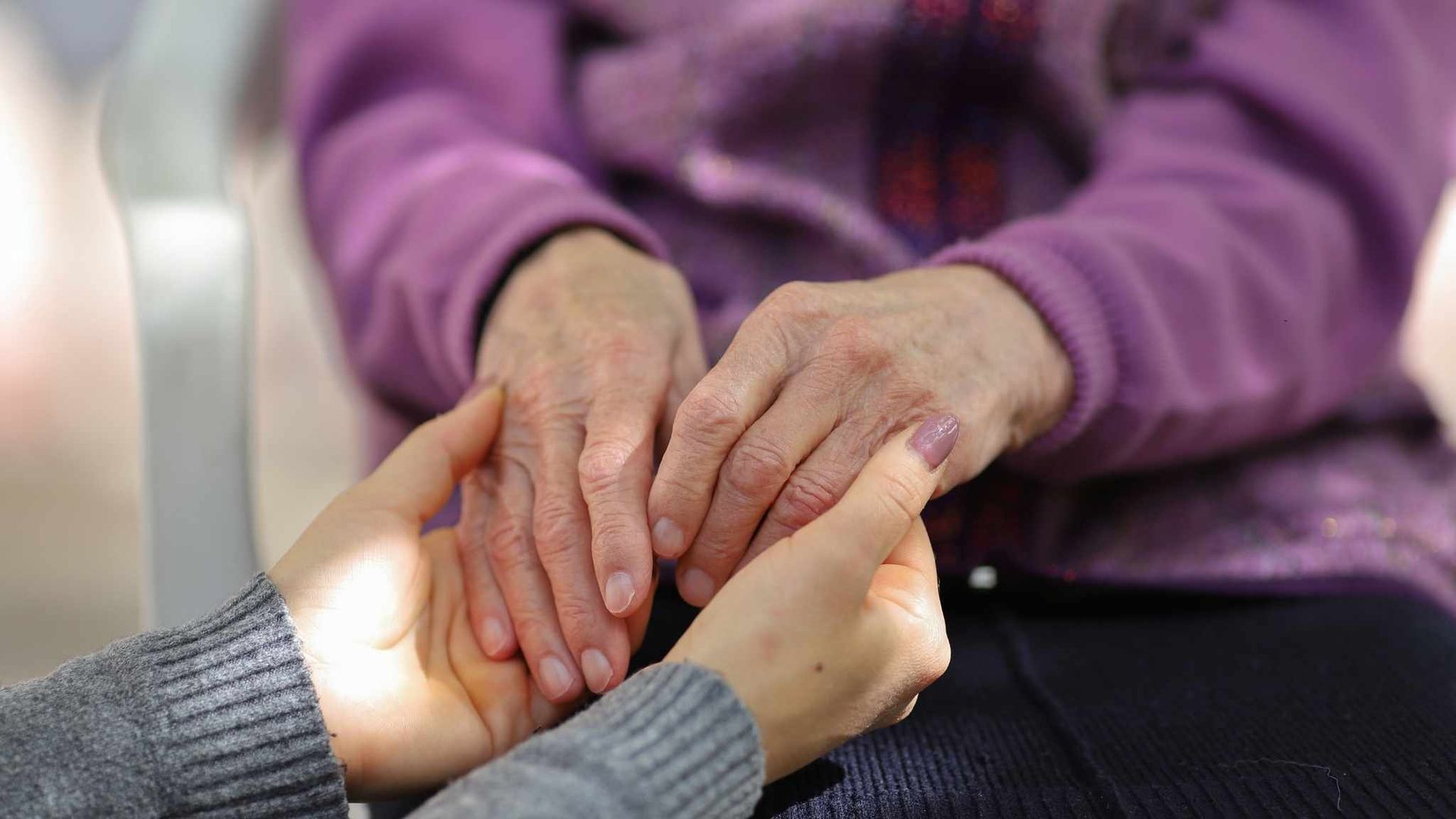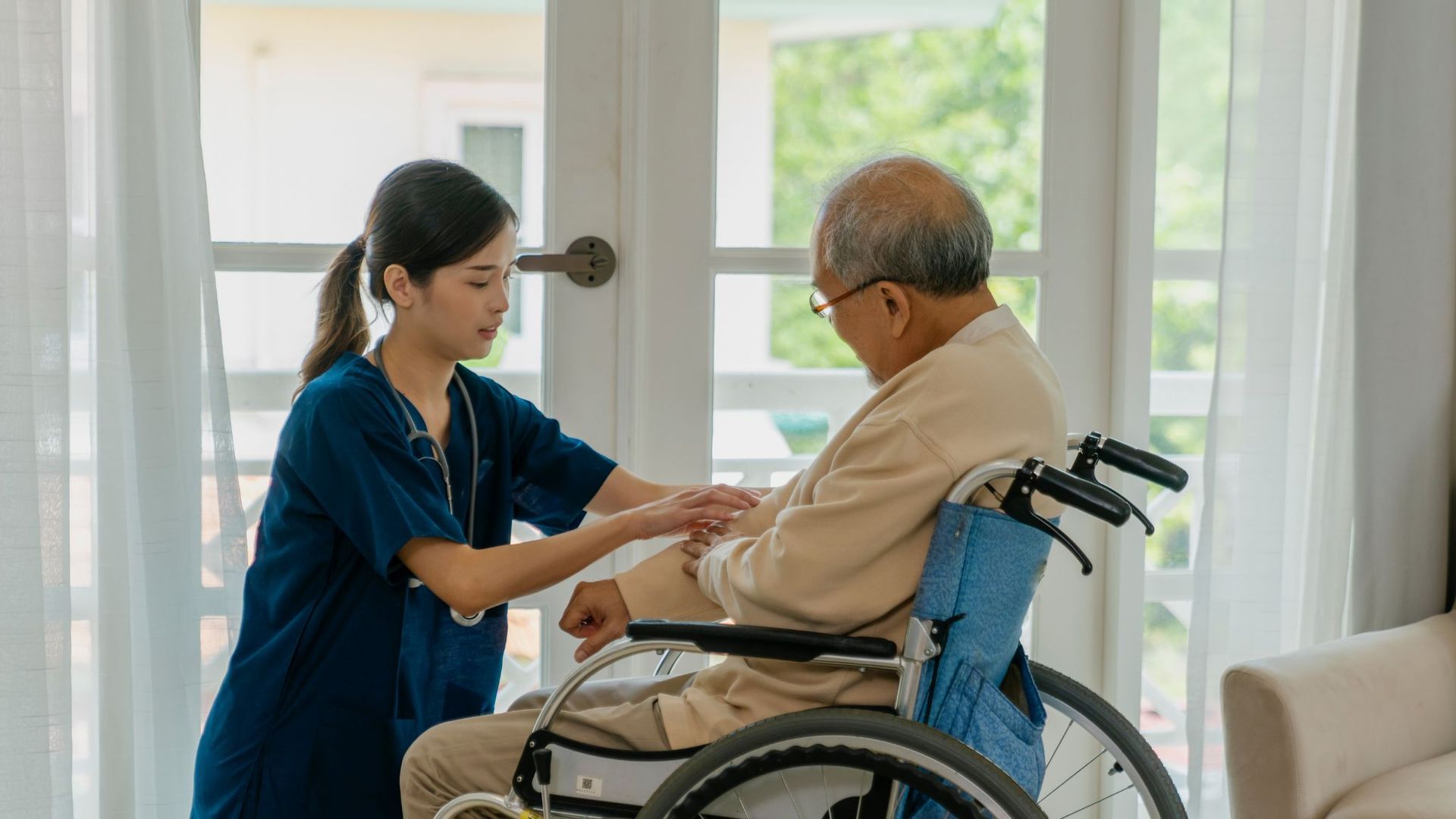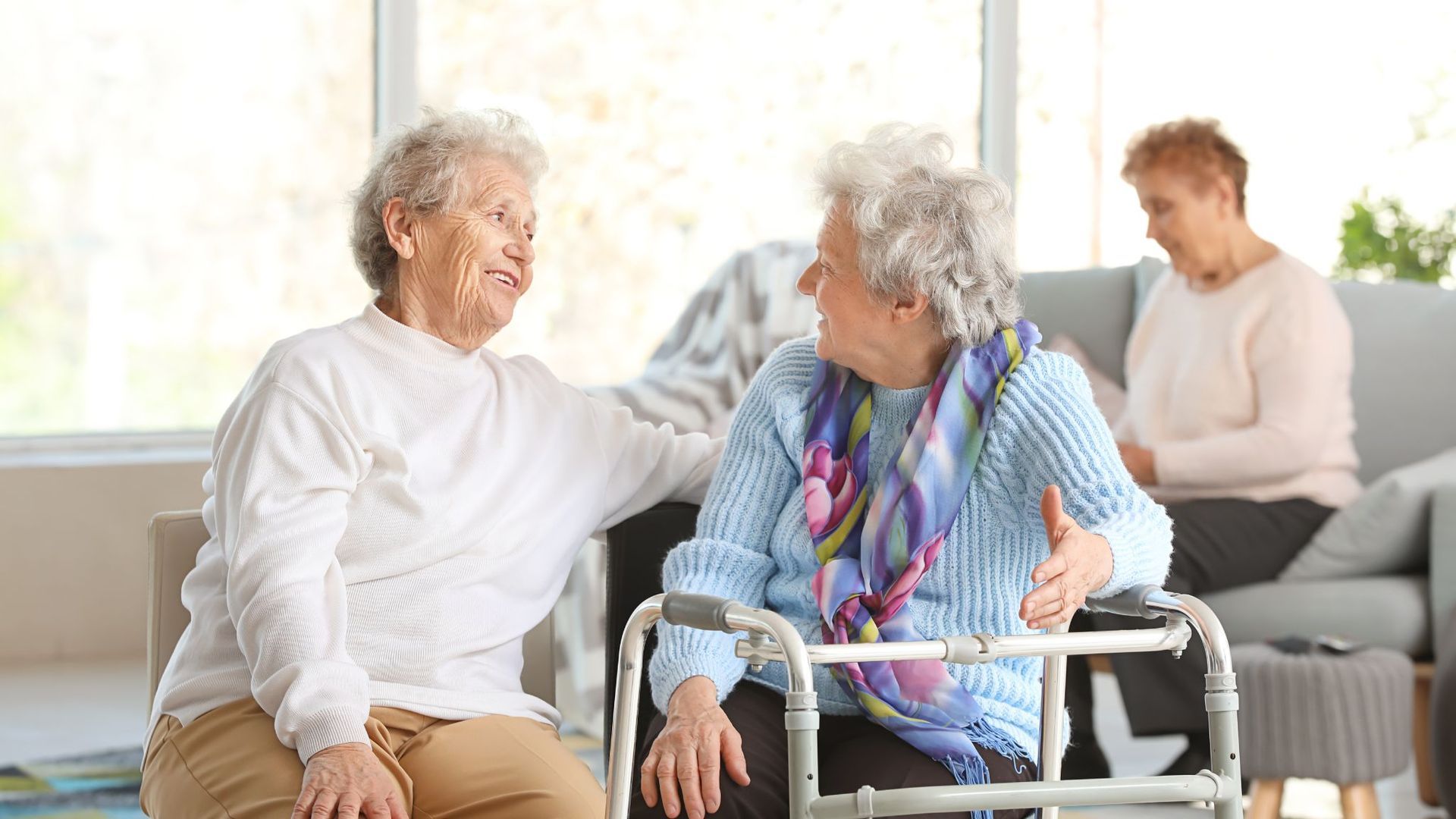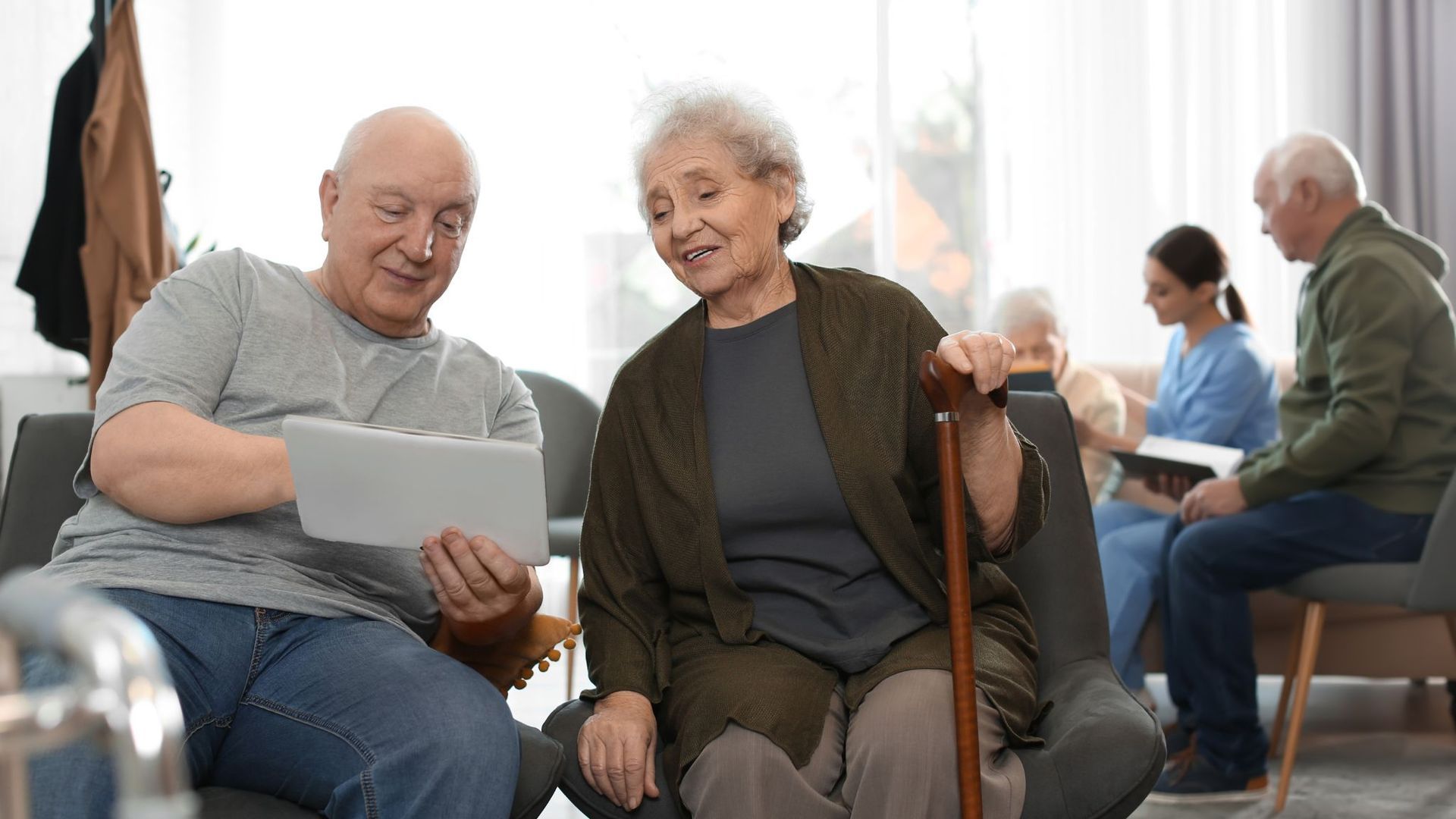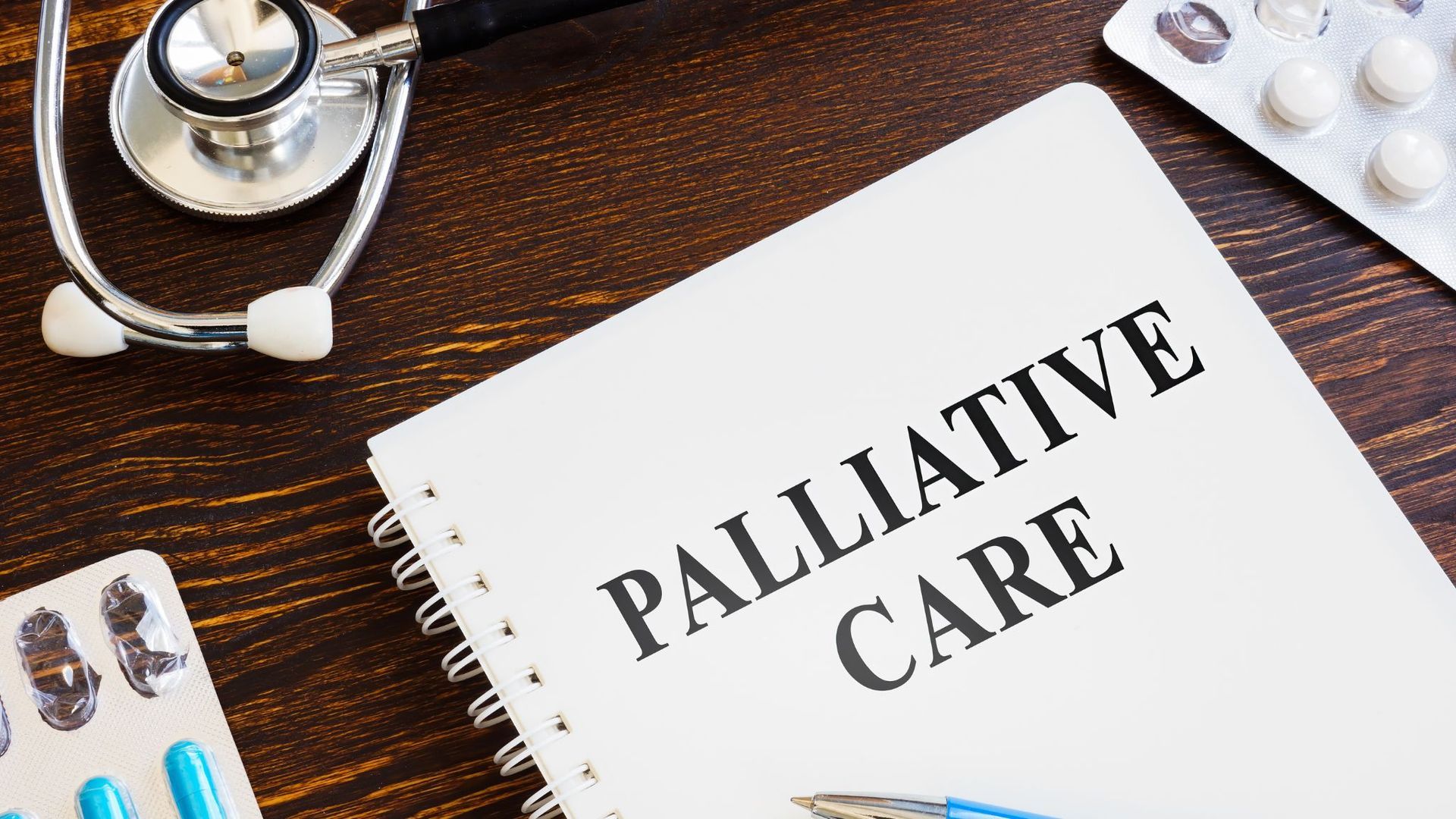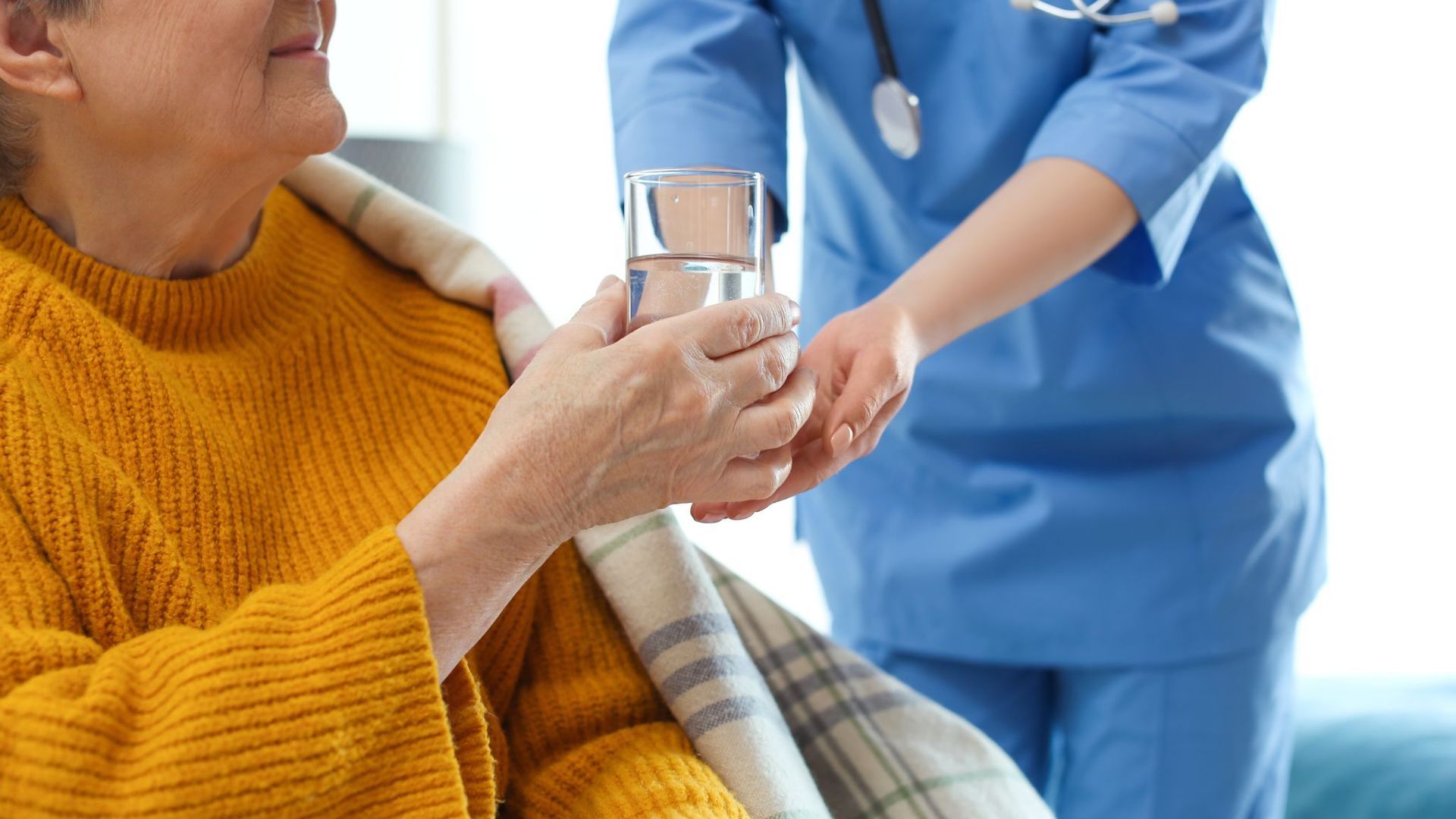Does Hospice Give IV Fluids at Home?
When a loved one is approaching the end of life, it's quite a common struggle to see that they are unable to digest food or hydrate themselves with water anymore. And so IV fluids, or intravenous hydration, are often done to replenish this and provide them the comfort they need.
The choice to do them is usually made on a case-by-case basis. Factors such as the patient’s overall condition, goals of care, and quality of life come into play.
This leads many to ask:
does hospice give IV fluids at home?
Well, the answer depends on several key considerations, including the patient’s needs, the hospice provider’s approach, and what ultimately aligns with comfort-focused care.
In this guide, we’ll explore when and why IV fluids might be given at home during hospice, what alternatives exist, and how hydration is thoughtfully managed at the end of life.
Do Hospice Patients Get IV Fluids?
In hospice care, the main goal is to keep the patient as comfortable as possible, not to cure illness or extend life at all costs.
Because of that, treatments like IV fluids are not always used. Instead of focusing on medical procedures, hospice teams focus on easing pain, shortness of breath, and other symptoms that may come up near the end of life.
Should You Give IV Fluids at End of Life?
Choosing to give IV fluids at the end of life involves both medical reasoning and personal values.
There have been discussions, new and old, regarding the ethics of providing water and needed calories to dying patients to sustain them even amidst this difficult period. Some families see fluids as a way to provide comfort or maintain a sense of care. Others may feel unsure about stopping them, especially when emotions are running high.
If they are unable to communicate, families and care teams work together to make thoughtful choices that support comfort, peace, and dignity during the final stage of life.
But if you're looking for a sound and medical reason for this question, the decision often comes down to what the patient seems to need at the moment.
As the body nears its end, its natural functions begin to slow. This includes how it handles food, water, and fluids it basically needs less of these things as it transitions towards death. At this stage, the body often no longer needs or benefits from the same kind of hydration it once did.
There has also been a 2023 study about fluid resuscitation that highlighted how large amounts of IV fluids can potentially cause electrolyte imbalance and hypervolemia (fluid or volume overload). Overhydration can lead to further organ dysfunction and would just worsen the state of the already-suffering patient.
So, with all that being said, giving a hospice patient IV fluids won't really do any much help as their organs don't function properly anymore, and the liquid passed won't be turned into urine. Giving the patient fluids may sound like an empathetic decision, but truthfully, it just does more damage than good.
Remember, hospice care focuses on reducing anything that might add stress to the body, especially if it doesn’t improve how the patient feels. Instead of using treatments like IV fluids that may place extra strain on the body, hospice teams shift their focus to comfort, using methods that are gentle and supportive.
For families asking, does hospice give IV fluids at home, do understand that stopping fluids is not meant to cause harm. It’s often part of a thoughtful plan to avoid unnecessary interventions as the body prepares to rest.
How Long Can a Hospice Patient Survive Without Fluids?
The amount of time a person can live without fluids during hospice care depends on several factors, including their overall condition, illness, and how far along they are in the dying process.
For some, it may be just a few days. For others, it could be a week or slightly longer.
For instance, in 2003, a survey was implemented among hospice nurses in the Oregon area to draw substantial conclusions from the situations of their patients who opted to pursue food and fluid refusal to hasten the process of their passing. A good 85% of the patients died within 15 days of stopping food and water intake.
At this point in their life, if there is no fluid or food added anymore, comfort is just the highest priority.
So, Can Patients Have IV Fluids at Home?
In some cases, yes, patients can receive IV fluids at home while under hospice care.
However, this is not always offered by default. Each hospice program has its own policies, and decisions are guided by the care plan, patient needs, and what’s safe to manage in a home setting.
If IV fluids are considered helpful, the hospice team will determine whether it’s possible to arrange the supplies, train caregivers, or assign a nurse to administer them. This usually happens only when fluids are expected to bring short-term relief without causing added discomfort.
Families asking does hospice give IV fluids at home should speak directly with their hospice provider. Open communication helps clarify what’s available, what’s appropriate for the patient’s condition, and how best to support their comfort during this time.
Who is Allowed to Administer an IV at Home?
Administering IV fluids at home requires medical training. In most cases, a licensed nurse or hospice care provider is the one to place and manage the IV. This ensures the process is safe, sterile, and tailored to the patient’s needs.
Some hospice programs may allow trained family members to assist with ongoing care after the IV is started, but this depends on the situation and local regulations. Safety protocols, such as infection control and proper monitoring, are essential whenever IV fluids are given at home.
What Is the Alternative to IV Fluids at Home?
When IV fluids are not used, there are simple ways to keep a patient comfortable without putting stress on the body. Hospice teams may suggest:
- Moistening the mouth with oral swabs dipped in water or a gentle mouthwash
- Offering ice chips to ease dryness, if the patient can safely handle them
- Providing small sips of water when swallowing is still possible
- Applying lip balm to prevent cracked or dry lips
- Using a cool mist humidifier to keep the air moist and reduce discomfort
These methods don’t replace hydration but can relieve dry mouth and help the patient feel more at ease.
How Do You Give Fluid to an End-of-Life Patient at Home?
Providing gentle hydration at home starts with keeping the patient’s mouth and lips moist. A soft sponge or oral swab dipped in water can be used to moisten the inside of the mouth. If the person is alert and able to swallow, a spoonful of water or ice chips may be offered slowly and carefully.
Always follow the guidance of the hospice team, as each patient’s needs and swallowing ability can vary. The focus is on comfort, not on meeting fluid intake goals. Small, thoughtful steps often provide more relief than larger medical interventions at this stage.
Personalized Care, Thoughtful Guidance with Olympia Hospice
At Olympia Hospice Care, we understand that families often ask difficult questions when trying to make the best choices for their loved ones.
These decisions can feel overwhelming, but you don’t have to navigate them alone.
Our team is here to provide clear answers, compassionate support, and care that honors comfort, dignity, and peace. If you're considering hospice care at home and need guidance on hydration options or overall care planning, contact us today.
We’re here to help you find the right path forward with confidence and care.


